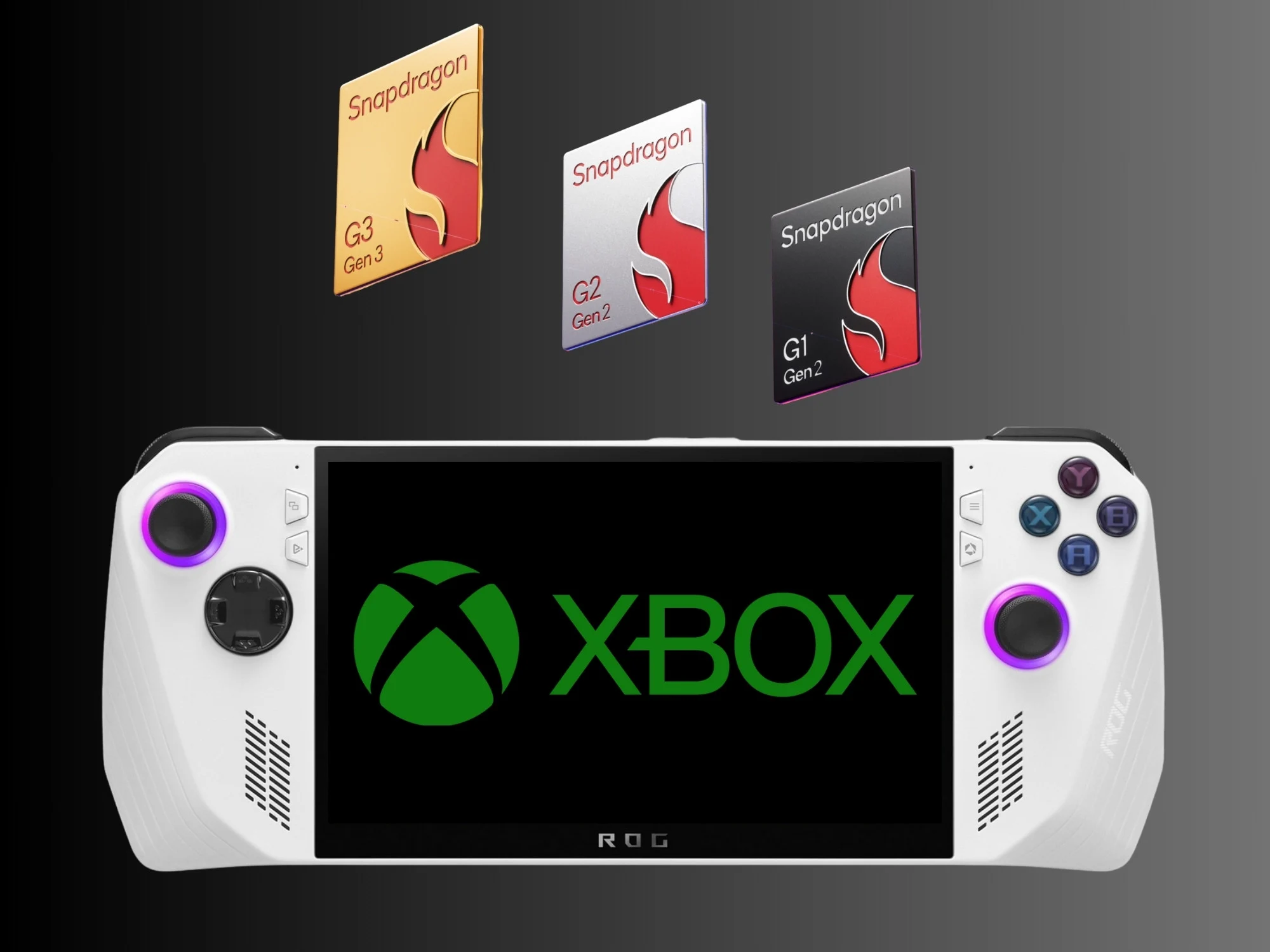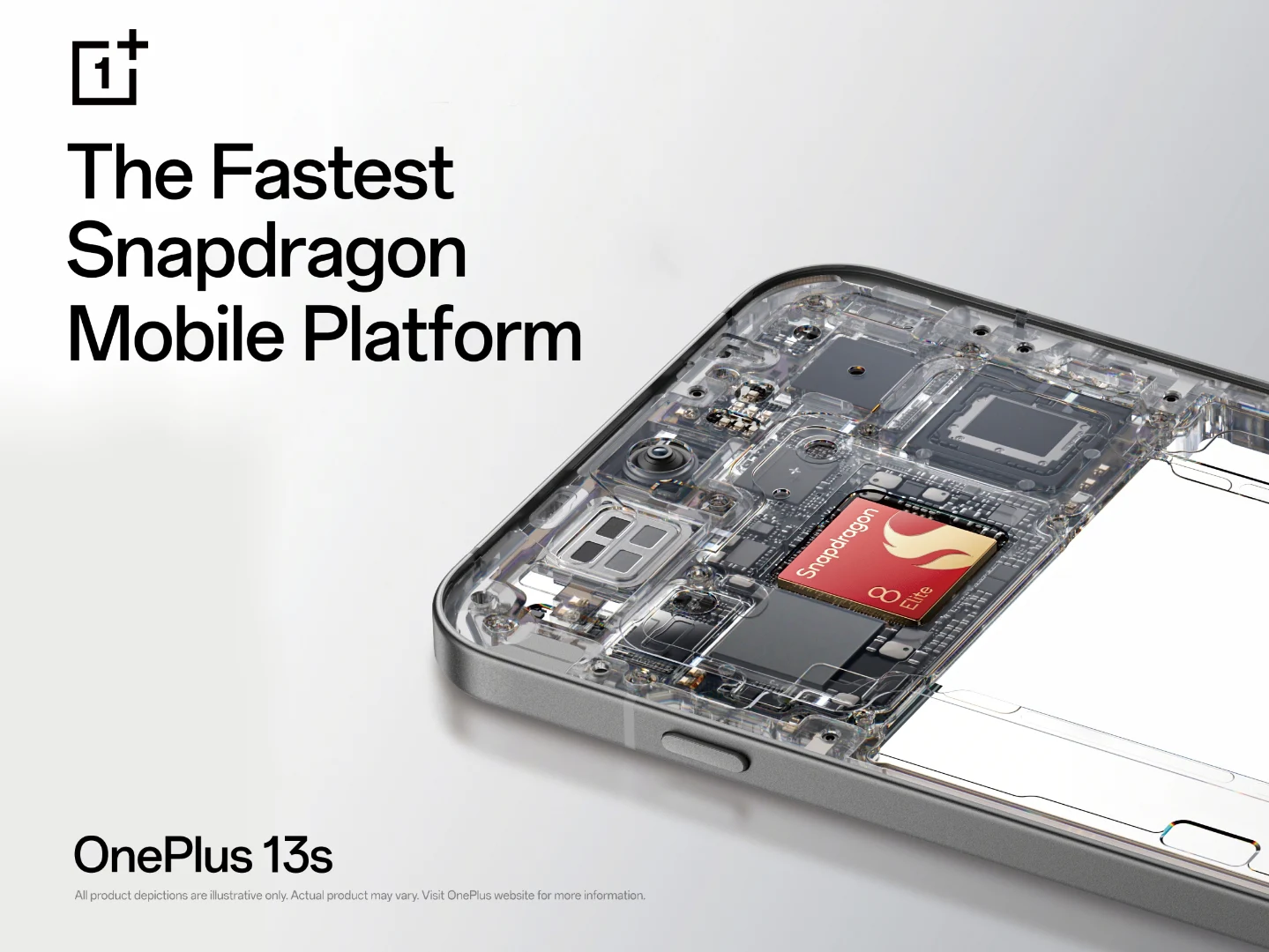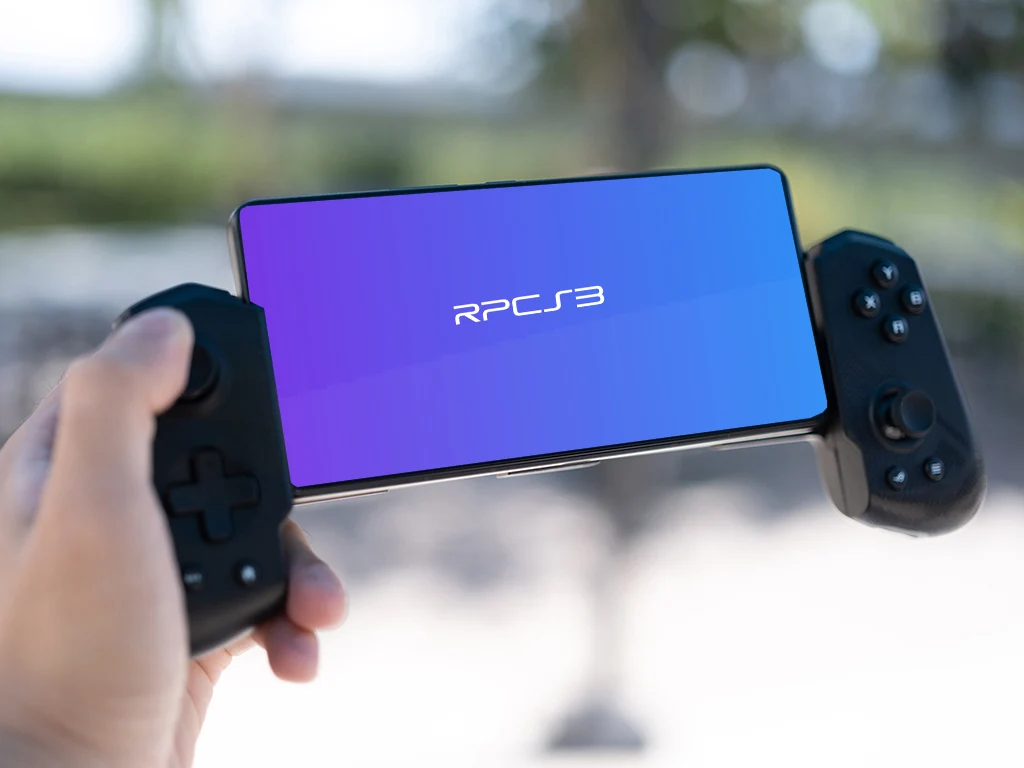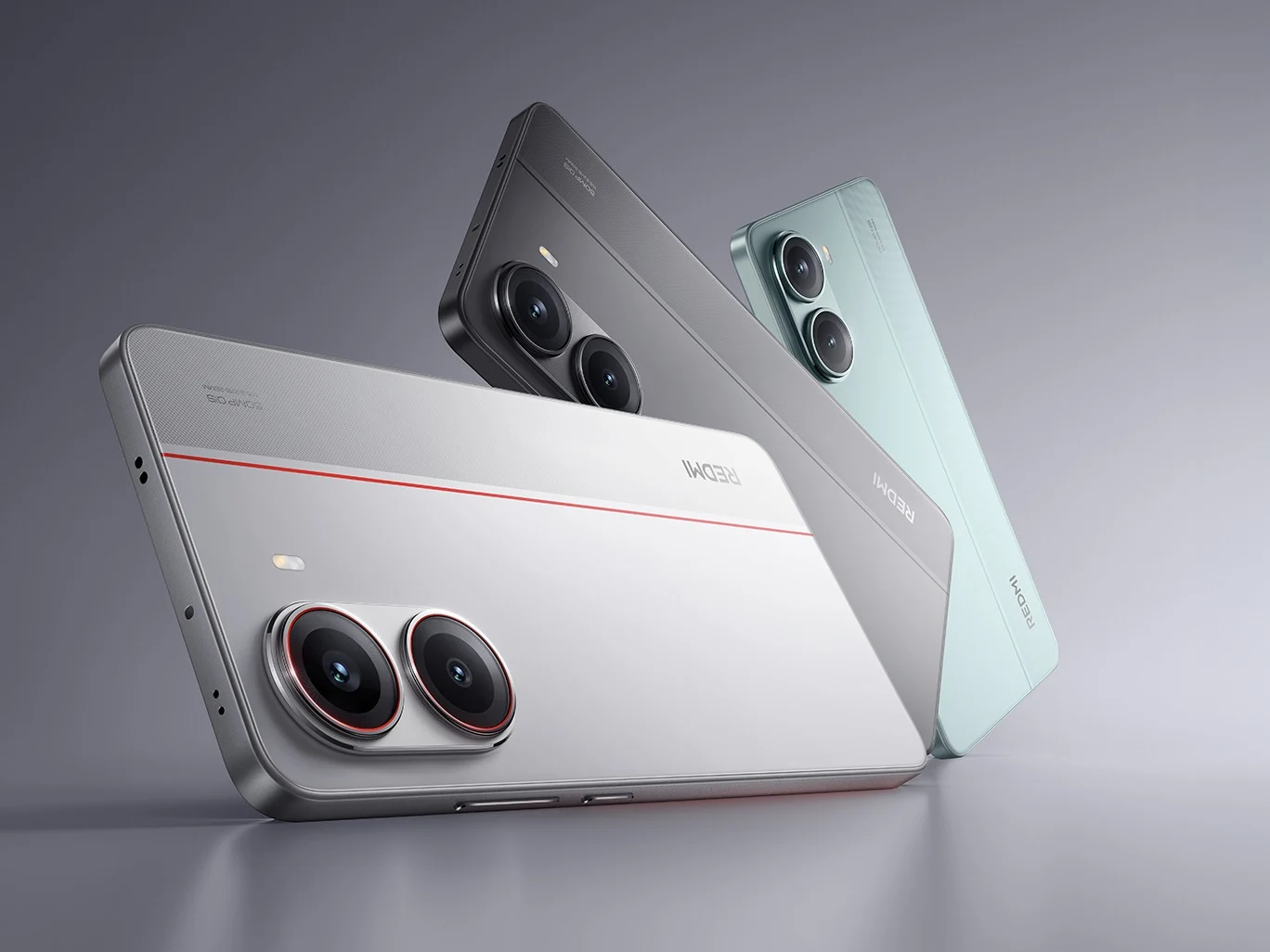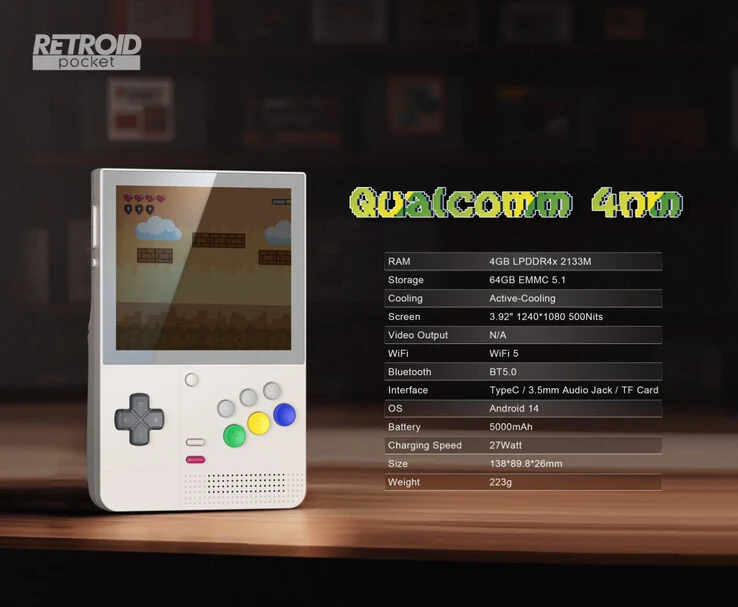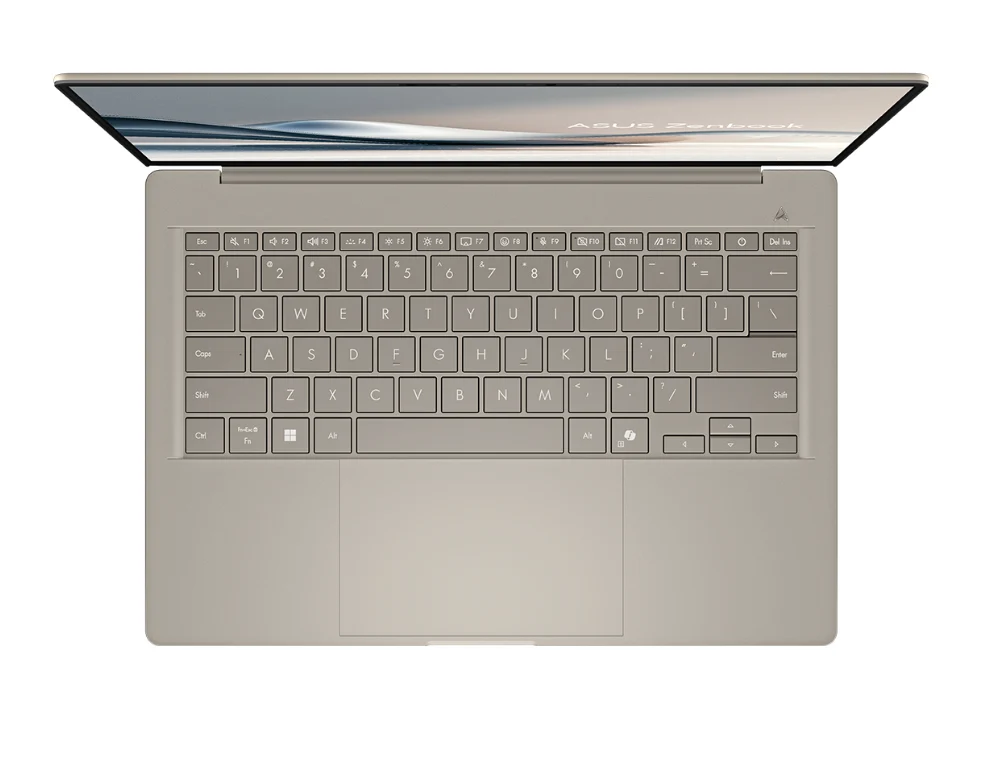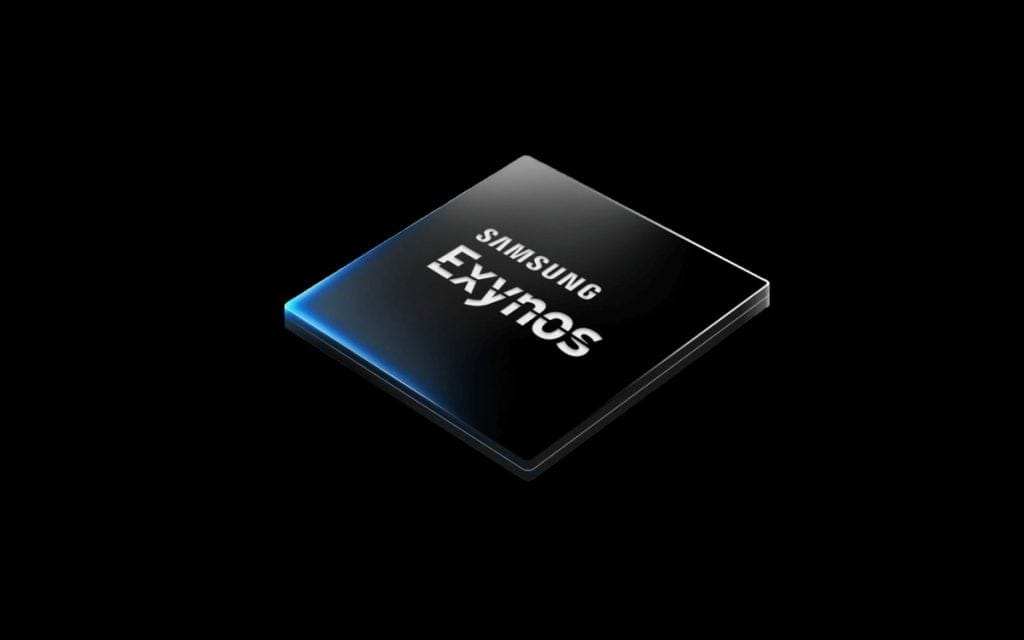Key Takeaways
1. A recent job listing suggests a possible shift to Arm-based Snapdragon processors for a new Xbox console, moving away from the current AMD x86 architecture.
2. Jez Corden from Windows Central doubts this shift due to backward compatibility concerns, stating that new Xbox systems could launch as early as 2027.
3. The Qualcomm job ad indicates a focus on supporting next-generation Surface and Xbox products, but Corden claims the next Xbox will likely use familiar hardware instead of Qualcomm chips.
4. An Xbox handheld using Arm technology could be more power-efficient than AMD x86 options, but Microsoft prioritizes backward compatibility and game preservation.
5. Microsoft is focusing on enhancing its Windows user interface for gamers while continuing hardware development, despite the uncertainty surrounding the next Xbox console.
A recent job listing hints that a new Xbox console might use an Arm-based Snapdragon processor. This would mark a significant change from the AMD x86 architecture that current Microsoft consoles depend on. Nevertheless, Jez Corden from Windows Central thinks that backward compatibility concerns make this concept somewhat unlikely. Previously, Corden mentioned that new Xbox systems could be launched as early as 2027.
Job Posting Insights
The Qualcomm job advertisement, found by Brad Sams, is for a Sales Director position in Redmond, Washington, which is home to Microsoft. One responsibility of the role includes “supporting the sell-in activities for the next generation of Surface and Xbox products built on Snapdragon solutions.” The selected candidate would also “assist in defining the next generation Surface and Xbox portfolios.”
Hardware Expectations
Despite what the job ad suggests, Jez Corden is quite sure that the next Xbox console will use hardware that gamers are already familiar with. He has confirmed with a source that the consoles “are not based on Qualcomm chips.” Corden feels that replicating Xbox games made for the x86 architecture would be too complicated. However, the individual in the Qualcomm position could enhance gaming experiences on the 12-inch Surface Pro, which operates on an Arm-based chip. Many similar Microsoft devices have trouble playing or even allowing the installation of Xbox games.
Efficiency and Future Plans
An Xbox handheld utilizing Arm technology would be more power-efficient. It would outperform AMD x86 options like the Asus ROG Ally in terms of energy consumption. However, Microsoft prioritizes backward compatibility and game preservation. In fact, the rumored Project Kennan is said to be a partnership with Asus, likely resembling the ROG Ally. Rather than altering hardware, Microsoft seems to be concentrating on making its Windows user interface more friendly for gamers.
Although many aspects of the upcoming Xbox consoles remain unclear, even with the removal of Snapdragon support, it’s evident that Microsoft is still committed to hardware development while releasing titles on various platforms.
Source:
Link

